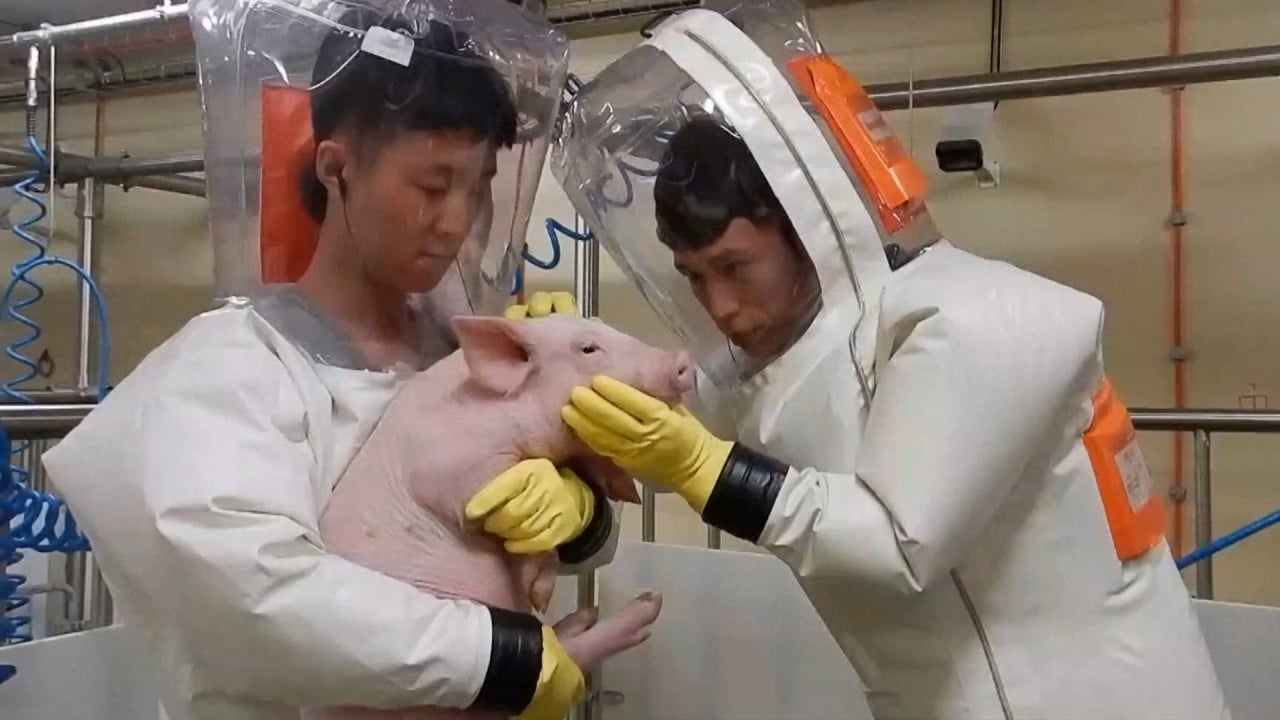
Stay alert to new pandemic risk after Russian bird flu cases, warn Chinese experts
- The first human infections from a highly infectious influenza virus needs constant vigilance, the pair warn in a letter to Science magazine
- Public health specialists say increased monitoring of poultry farms, markets and wild birds will be needed
In a letter published in Science magazine, Gao Fu, director of the Chinese Centre for Disease Control and Prevention, and Shi Weifeng, dean of public health at Shandong First Medical University, called for increased surveillance at poultry farms, markets and wild birds as the Covid-19 pandemic has disrupted usual medical consultation and disease monitoring.
“Eurasia and Africa are experiencing a new wave of highly pathogenic H5Ny avian influenza virus outbreaks,” the authors wrote in the letter, published last Friday.
“The zoonotic potential of avian influenza viruses warrants continuous, vigilant monitoring to avert further spillovers that could result in disastrous pandemics.”
Bird and swine flu are both caused by the influenza A virus, the only type of flu virus that can lead to a pandemic.
The spread of two strains – H5N1 and H5N8 – is particularly concerning, as they have been found in dozens of countries and infected humans as well as poultry.
In total 862 lab-confirmed human H5N1 infections have been reported to the World Health Organization, including 455 deaths. The cases came from 17 countries, with more than 75 per cent found in Egypt and Indonesia, according to WHO data.
Meanwhile, H5N8 has been found in at least 46 countries, and in February this year the WHO announced the first human infections among seven Russian farm workers.

The outbreak has already killed 101,000 chickens in Russia, according to the WHO.
The Russian authorities monitored but did not find any symptoms of respiratory disease in 150 people, including 24 close contacts, close to the containment area, the global health agency reported, suggesting the risk of human infections with H5N8 strain was low.
However, the human infections and other factors – including the long distances wild birds can travel, the adaptability of H5 strains and frequent outbreaks among birds since 2019 – meant there was a high risk of an influenza pandemic, Gao and Shi warned.
Gregory Gray, an infectious disease epidemiologist from Duke University in the US, agreed with Gao and Shi, and said that surveillance should not only be carried out for influenza but also for other respiratory virus families, including coronaviruses.
“We very much need to closely surveil for novel influenza viruses which may spill over from pigs, poultry or horses to infect humans,” Gray said. “I think it’s best to conduct surveillance for five viral families at the human-animal interface.”
Gray said that if it was not possible to monitor areas with human animal interactions, then surveillance among pneumonia patients was another strategy that could work.
The WHO said that although seasonal flu cases has decreased due to measures taken to stop Covid-19, the threat remains persistent.

02:02
New type of swine flu found in China has human pandemic potential, researchers say
“Human cases of zoonotic influenza were reported throughout 2020, so it is crucial that countries remain vigilant for the emergence of influenza viruses with pandemic potential,” the global health body said in a statement.
The WHO said the Global Influenza Surveillance and Response System – which was set up in 1952 – had the infrastructure and expertise to monitor respiratory viruses, and it was supporting countries in integrating their surveillance of other diseases, including Covid-19, with the system.

